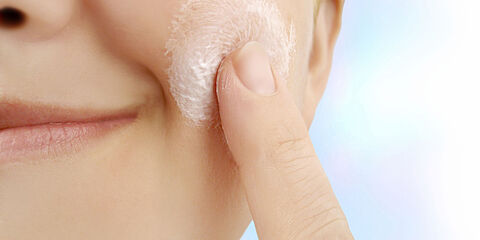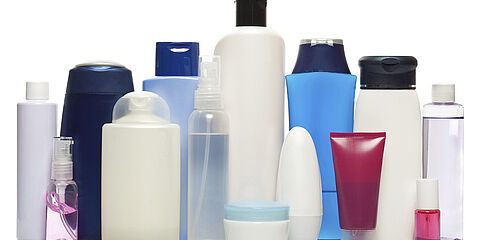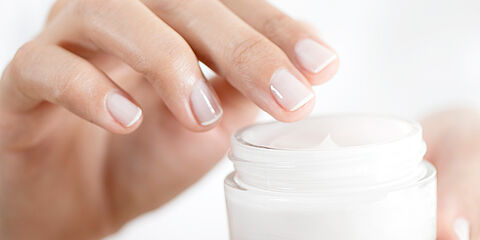Regulation of formaldehyde in cosmetic products adapted
Formaldehyde is repeatedly detected in cosmetic products, such as shampoo or self-tanning lotions, even though its use is prohibited in cosmetics products according to Annex II of Regulation (EC) 1223/2009. The detection of formaldehyde is particularly successful if formaldehyde releasers are included in the formulation. This is because some preservatives that can break down formaldehyde - in contrast to formaldehyde itself - are not banned.

In its opinion SCCS/1632/21 of 07 May 2021, the Scientific Committee on Consumer Safety (SCCS) examined whether formaldehyde exposure of less than 0.05% can cause contact dermatitis in persons with formaldehyde allergy. The committee concluded that, to protect consumers from the sensitising properties of formaldehyde, a corresponding reference to cosmetic products should be declared above a content of 0.001 % formaldehyde.
The European Commission followed the recommendation of the SCCS and therefore adapted the labelling requirements for formaldehyde releasers. The amending Commission Regulation (EU) 2022/1181 of 8 July 2022 adapted No. 2 of the introduction of Annex VI to Regulation (EC) No. 1223/2009.
Cosmetic products containing a total concentration of more than 0.001% (10 ppm) of cleaved formaldehyde must therefore from now on bear the statement “cleaves formaldehyde” on the labelling if they contain substances listed in Annex V.
So please make sure now that your products meet the new requirements. Our WESSLING experts will be happy to assist you with both competent technical advice and laboratory analysis.
Your contact person for our cosmetic experts
- Marc von Essen
- +49 2505 89-633
- cosmetics@wessling.de

„With our expertise, we ensure that your cosmetic products constantly comply with all legal requirements. I am happy to be there for you.“



